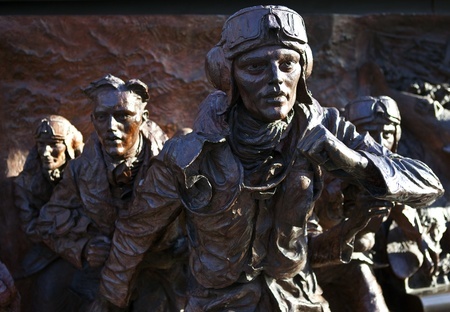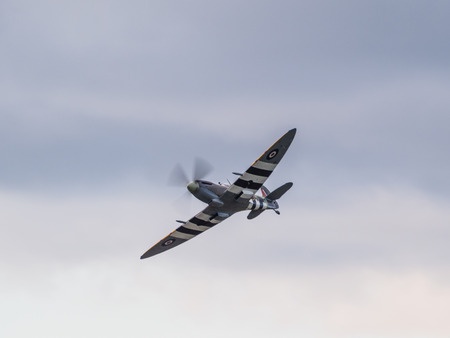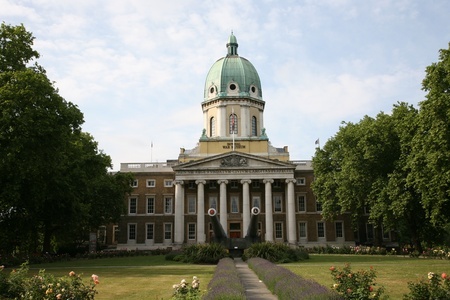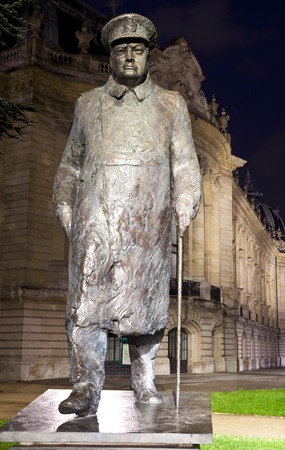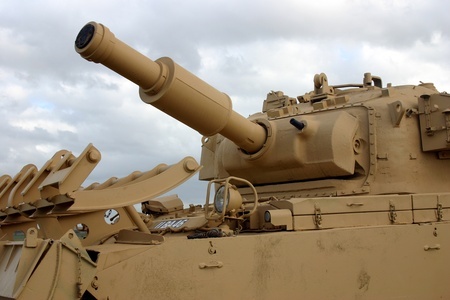Remembering the Battle of Britain
Heavy clouds and rain spread over most of Britain and the Channel on this summer day, July 10, 1940. At 07:30hrs the Royal Air Force (RAF) command radar controller saw a single blip on his radar screen, a German plane approaching over the Channel. Three English Spitfires were dispatched and soon they downed the German plane. Their victory was short-lived when later that morning, the German Air Force (the Luftwaffe) sent in more planes. They successfully bombed a large English Navy convoy in the Channel heading for the Dover Straights. Thus began the Battle of Britain, the biggest air battle ever recorded up till then.
Britain witnessed most of Europe falling under the control of the Nazis and knew that it was only a matter of time until Hitler turned his sights to this democracy. Winston Churchill predicted it only a couple of months prior, in a famous speech named the coming attack “the Battle of Britain.” He knew that without Britain holding strong against the Nazi regime, all of Europe would be lost.
The battle raged until Oct. 31, 1940. In a series of well-planned attacks, the Luftwaffe bombed military and industrial sites throughout Britain. Each time they were met by British Spitfires who amazingly inflicted heavy losses on the Germans. At the end of the battle, Britain had still held strong and much of the Luftwaffe was destroyed. As a pivotal point of the war, the importance of this battle cannot be understated.
Today
Today, many of the sites involved in this battle have been preserved as historical museums you can visit. Here are just a few:
Visit The Cabinet War Rooms where Winston Churchill and his Cabinet monitored the war. This bunker sheltered the highest levels of the English government and protected their secrets as they plotted to win the war. The bunker is hidden beneath the streets of Westminister in London. Step back in time and revisit the bunker that looks exactly as it did in 1945 when the lights were turned off.
Imperial War Museum – London explores the many conflicts that the British have encountered from World War I to the present. Here you will find exhibits exploring the key moments of the Second World War. In addition you’ll be able to see the connections between the British people’s lives and the objects on display.
See Chartwell, the much-loved home Winston Churchill shared with his wife, Clementine. The home was opened in 1966, just one year after Churchill’s death and remains much as it was when he and Clementine lived there. Personal momentoes, pictures, books and other treasures attest to the wide-ranging interests of this great statesman, writer, painter and family man. This year a special exhibition commemorating the 50th anniversary of Churchill’s death gives you an opportunity to see objects, which have never been on display before, from their collection.
The Biggin Hill Airfield, which continues to undergo restoration work, was the base used in the Battle of Britain. Here you’ll be able to sit in a Spitfire and tour their collection.
The Royal Air Force Museum London offers the viewing of over 100 aircraft. In addition, you can visit special exhibits at the Battle of Britain Hall, recently refurbished to commemorate the 75 anniversary of this battle.
The Imperial War Museum at Duxford offers a variety of historic buildings alongside contemporary exhibition halls as well as the best preserved WWII airfield. In addition you’ll have the opportunity to visit the American Air Museum.
Located in Buckinghamshire countryside, Bletchley park was known for its code breaking and intelligence gathering during World War II. Originally a mansion, this beautiful building was chosen because of its easy accessibility to London and Manchester. Here the Enigma machine’s codes, which were reset daily during the war, were broken. To keep the discovery a secret an elaborate plan was devised that involved a fictitious MI6 operative. Today the restoration of the park continues and is open to the public. There is a visitor center and two of the building have been restored and outfitted with technology that allows you to experience what life was like back during the war. Even the landscaping has been restored to its original.
While you may not want to visit all these historical sites, we are able to incorporate any of these into an amazing itinerary that delivers unique experiences. Let us help you to explore your interests on your next journey. Call us today to get started.

